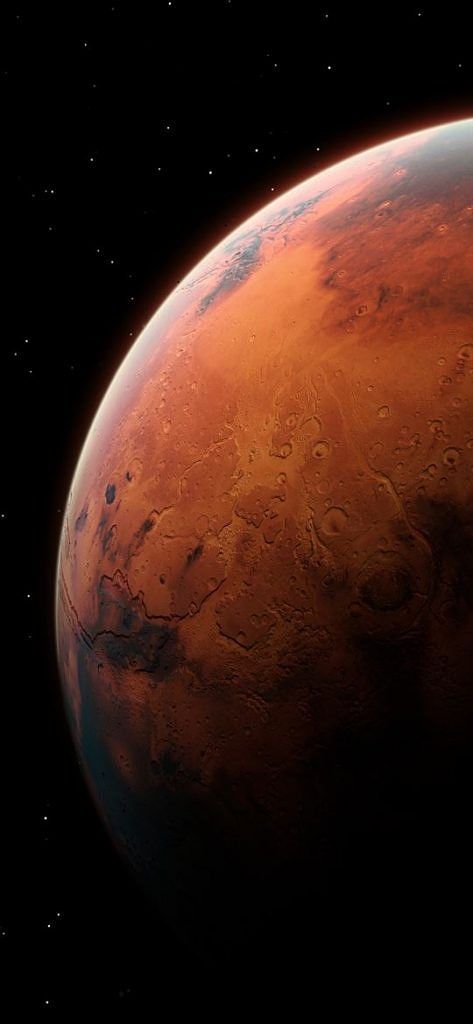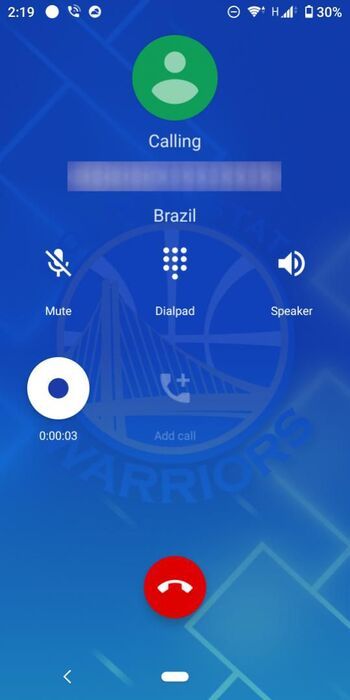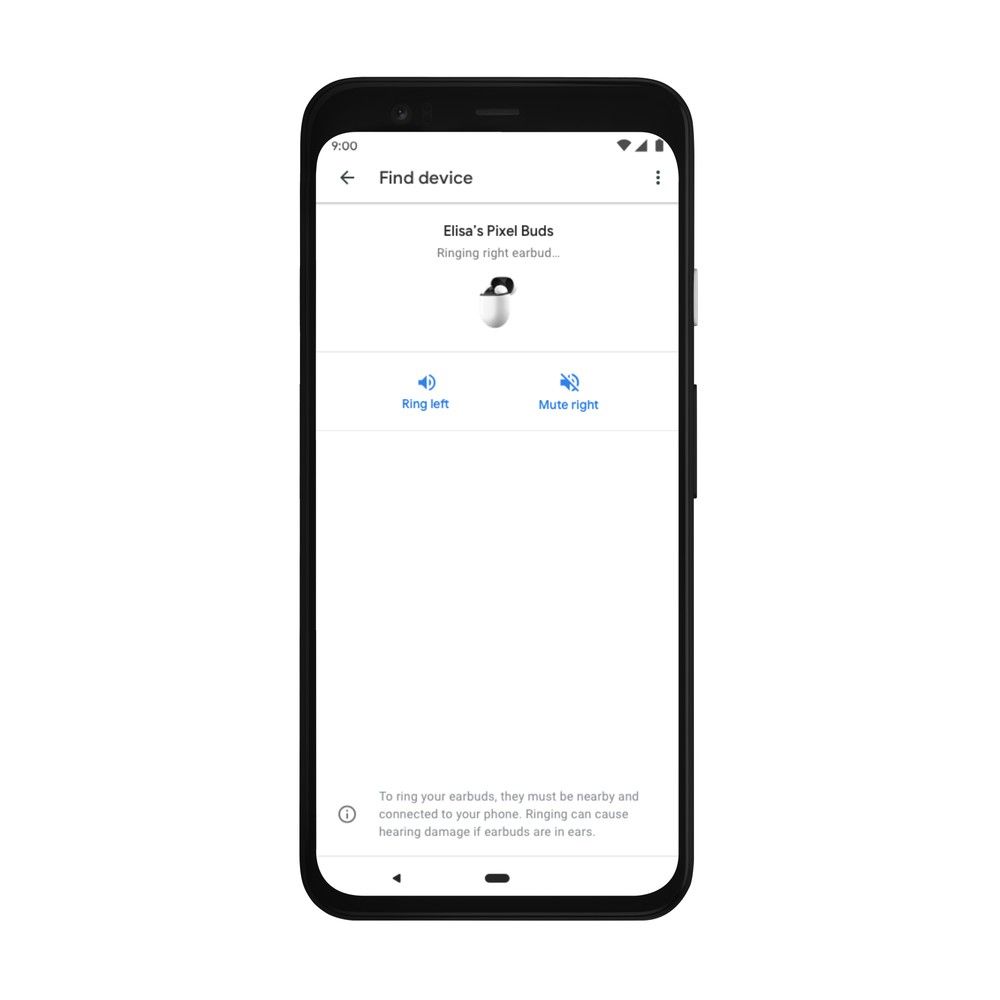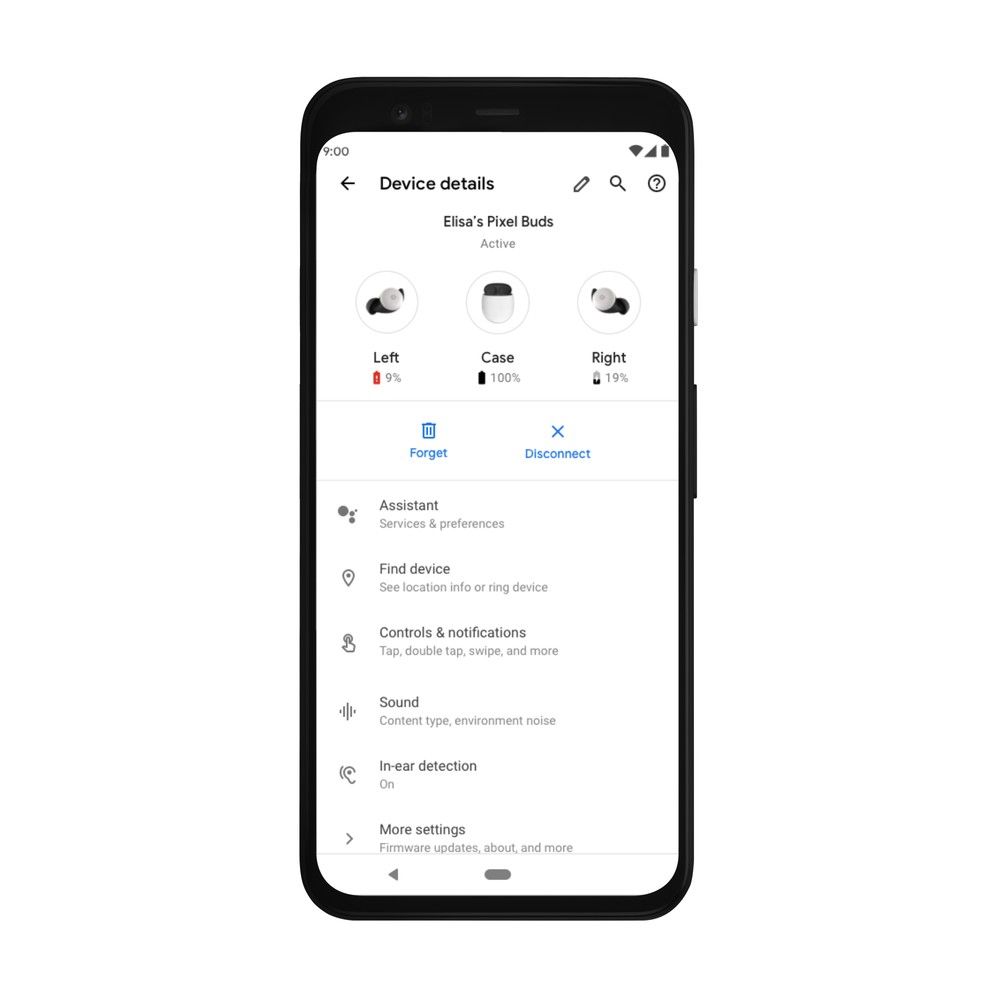Realme entered the wearable space in India with the Realme Buds Air TWS earbuds, following it up with the Realme Band smart wristband. While the COVID-19 pandemic has thrown a wrench in the launch plans of the company (and everyone else’s), Realme has continued to work on its next wearable, the Realme Watch. The existence of the Realme Watch is no secret, as it was teased by Realme India’s CEO himself in the company’s video Q&A.
The video barely offered a glimpse at the smartwatch, other than the fact that it has a square display. The company hasn’t offered any information beyond this, but the watch could be glimpsed at several certification listings across different regions. While we still don’t have any clarity on when the Realme Watch will be officially released, we now have access to a lot of information about the upcoming smartwatch, and we hope to give you more than a glimpse of the same.
XDA Recognized Developer @deletescape, known in the community for his work on the Lawnchair launcher, has shared with us some key information about the Realme Watch. This includes device renders, device functions, as well as renders/screenshots of how various functions of the Watch would look like on your wrist. While things could still change by the time the Watch is released, we have high confidence that this is how the device will more or less turn out.
This is the Realme Watch, Realme’s second fitness wearable product.
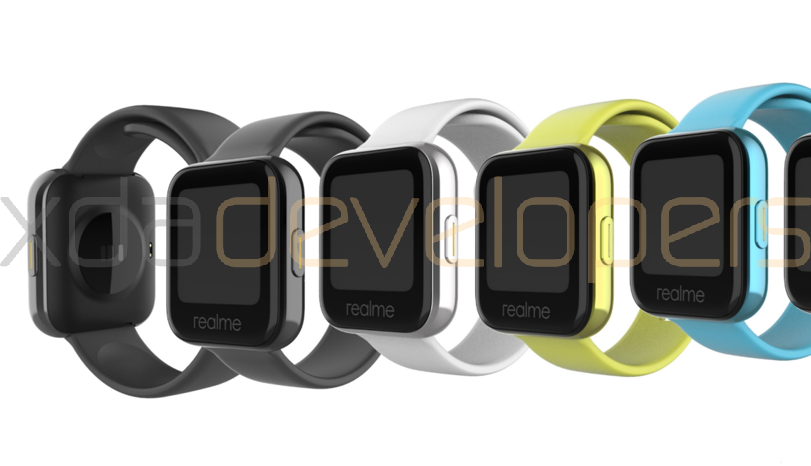
In the renders that @deletescape obtained, the Realme Watch appears as a familiar overall design but with its own distinct personality. We see a square display with rounded corners, and thick bezels all around. The “realme” branding makes an appearance on the bottom bezel of the device. The Watch has a singular push button on the right edge. The band does not appear to be changeable, at least from these renders, but we do not know this with finality. The clasp is not visible in these renders, so we do not have any information on that as well. We can, however, spot the charging pins on what appears to be hard polycarbonate back cover plate. The Watch will very likely adopt a magnetic charger.
In addition to the render, we also have a few specifications to go along. The Realme Watch will come with a 1.4″ TFT LCD touchscreen display with a 320×320 resolution. The battery inside the watch will be 160mAh in capacity, which could give you about 7 days of life with 24-hour heart rate monitoring. The watch will be IP68 certified for water and dust resistance. You will get Bluetooth 5.0 onboard for pairing your phone with the Watch, but there will be no onboard GPS on the device. Other sensors on the device include an acceleration sensor, a heart rate sensor, and a blood oxygen sensor. The Watch will not run on Android Wear OS; instead, it will run on a proprietary OS for lower cost smartwatches. The closest equivalent device to the Realme Band would be the Amazfit GTS that we reviewed, a device we can describe as a smart wristband with a bigger display, and an evolution from smart wristbands like the Realme Band and Mi Band 4.
The physical press button on the device will be used to lock and unlock the device, as well as aid in navigation with functions like returning back to the main screen. As is the case with smartwatches of this category, there will be limited storage onboard — the Watch will be able to store data for 7 days without connecting to a smartphone and companion app for syncing before it begins deleting older data on a rolling basis.
The Realme Watch will come with five preloaded watch faces within the device. However, we believe users should also be able to download more watch faces through the companion app and sync it to their Watch. We do not know if there will be any ability for third-party creators to create watch faces.
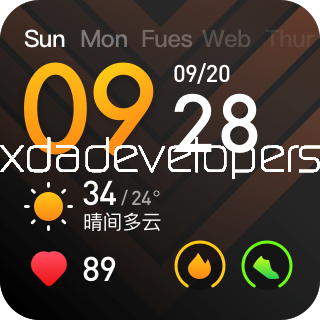




Realme Watch – Watch faces
The Realme Watch will come with the standard suite of functions that one expects out of a basic smartwatch. There will be step counting, heart rate monitoring, date and time functions, weather information, stopwatch, and alarm functions, and Find My Phone function. Most of these functions will be accessible through the Watch UI panes, where each pane will have four icons.

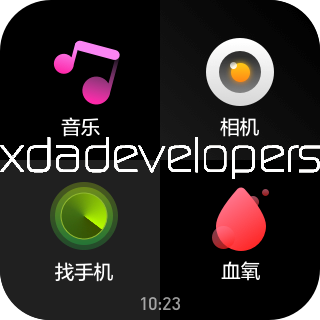

Realme Watch – UI Panes
The Realme Watch should also be able to track 15 different kinds of exercises: outdoor running, walking, swimming, indoor running, outdoor riding, aerobic capacity, strength training, football, basketball, badminton, table tennis, indoor riding, yoga, elliptical machine, and cricket. Curiously, we also spotted functions related to sedentary reminders, water reminders, as well as a function to help users meditate by guiding users with controlled slow breathing exercises. The Activity pane within the UI shows the Weather data, your sleep data, your heart rate data, and your data related to step counting.

Realme Watch – Activity Pane UI
Other curious features on the Realme Watch will be the ability to control music on your phone (play, pause, next, previous, and volume control), and the ability to use the Watch as a Bluetooth shutter button to control your phone’s camera.
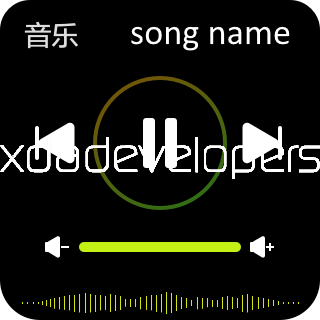

Perhaps the greatest selling point of the Realme Watch would be its support for Hindi, in addition to English. This is a big deal for a smartwatch that is targeting the Indian market. As we note in our interview with Indus OS, companies intending to target the Indian audience need to focus on hyper-localizing their product with Indic language support. English is spoken by only 10.6% of India’s population, while Hindi is spoken by a good 57.1%. We do understand there is a difference in Hindi and English literacy as opposed to just spoken dialect, but our point still stands — adding in language support beyond English is a big advantage when targeting the Indian audience.


We do not know when the Realme Watch will be launched, in India or elsewhere. We also do not know the final branding of the product — though “Realme Watch” seems like a safe bet to us. We also do not know which price point Realme would be targeting for this product. Though, since it is in a similar product category as the Amazfit GTS, we can expect the watch to be around that price range.
What are your thoughts on the Realme Watch? Does it seem like an exciting product for you? Let us know your thoughts in the comments below!
The post Exclusive: This is the upcoming Realme Watch appeared first on xda-developers.
from xda-developers https://ift.tt/3aIg9Tg
via IFTTT



























